Shuke Kueh is a snack in Teochew.(Kueh means food made by rice)
At the end of the Southern Song Dynasty, the Yuan army invaded, and the people suffered from hunger and cold. The people had to eat grass roots and wild vegetables to survive. Inadvertently, Shuke Grass was discovered, which was not only non-toxic but also fragrant. Later, some people used it to make Kueh, and named this kind of kueh as Shuke Grass.
Shuke Kueh’s History
The earliest record of eating Shuke Kueh can be found in “Jingchu Sui Shi Ji” written by Zong Yan of Liang Dynasty in the Southern Dynasty: “On this day (the third day of the third lunar month), take the juice of Shuke Grass to make soup, mix it with honey and powder, and call it Longshe Kueh, to avoid the seasonal weather.”
Book “Ciyuan” says: “Shuke is the name of grass. It is also called rice koji, mouse ear, heartless grass, and taro. Northerners call it “Rongmu”.
It can be used as medicine. In ancient times, people took the juice and powder of Shuke Kueh on the third day of the third lunar month (lunar calendar) to make Longshe material, and eating it can avoid the illness caused by seasonal weather.”
What is Shuke Grass?
Scientific name of Shuke Grass is Pseudognaphalium affine.Shuke Grass is used for food and medicine in East Asian cultures, so it has many aliases. Because Shuke Grass itself is a high-fiber food, if it is eaten with other high-fiber foods, it will increase the difficulty of digestion. Then there will be symptoms such as bloating and indigestion. People with allergies, diarrhea, gastrointestinal diseases, and low blood pressure should not eat it.
There are two types of Shuke Grass in the Teochew area, one with large leaves and the other with small leaves, both with white flowers. The one with small leaves is usually eaten.
The Teochew people have long understood the unique sweet aroma of “Shuke Grass” and its medicinal effects. The above-ground part of Shuke Grass is used as medicine, it is mild in nature, sweet in taste, and has the function of removing phlegm and relieving cough. It can also be used as a raw material to make various snacks.
What is Shuke Kueh?
Shuke Kueh is made by boiling the wild “Shuke Grass” on the ridges of the fields into soup.
Then step2 add lard and glutinous rice flour to make wrappers.
Step3 wrap the wrappers with red bean paste or glutinous rice, peanuts, shrimps, pork, and the fillings can be salty or sweet.
Step4 use a round or peach-shaped mold to press it into shape, put it on fresh bamboo leaves or banana leaves, and steam it.
Every year from the 24th day of the 12th lunar month to the Lantern Festival of the following year, every household makes Shuke Kueh.
Recipe
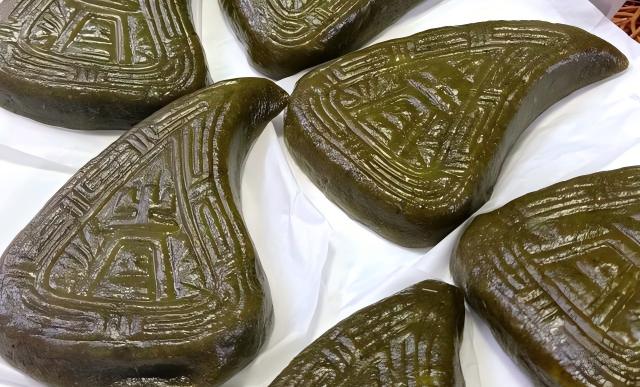
Ingredients
Make wrappers
Step1
Take the tender heart of fresh Shuke Grass, clean it and put it in a pot. Pour water in to just cover the Shuke Grass. When the water boils, pour out the water to remove the moisture from the Shuke Grass. Pour in 800g of water, sugar and lard again, and set to cook for 60 minutes/100 degrees.
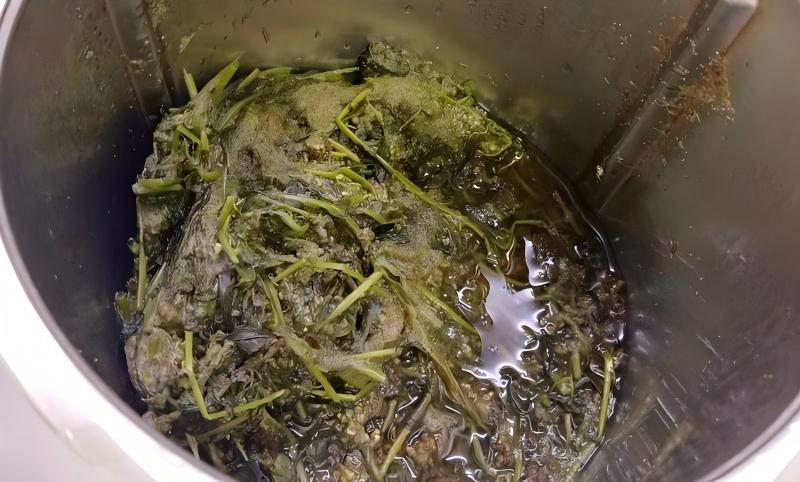
Step2
Use a grinder to crush, weigh out 450 grams of Shuke Grass mud and pour it back into the pot.
Step3
Pour in glutinous rice flour and stir to mix. Add some water when it is too dry. and add some glutinous rice flour when too wet. Take out the dough, cover it with plastic wrap, and keep it for 20 minutes.
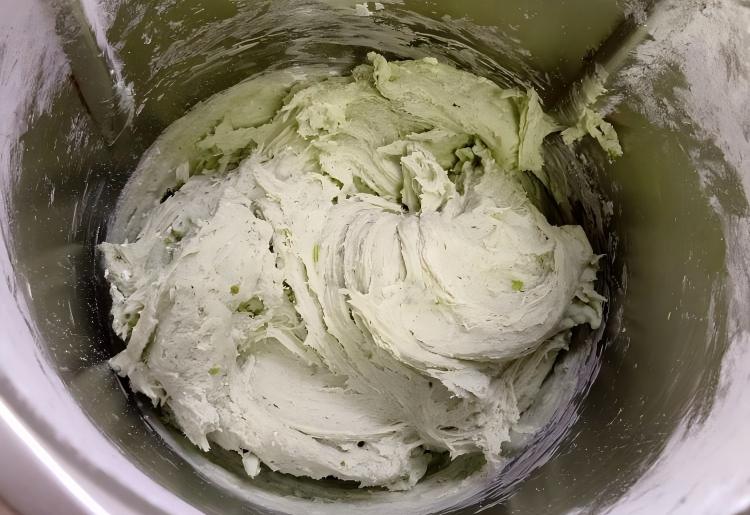
Make Fillings
Pour all the ingredients for the filling into the mixing bowl and mix thoroughly.
Start to wrap
The shape below I printed has 25 grams of filling and 30 grams of wrapper.
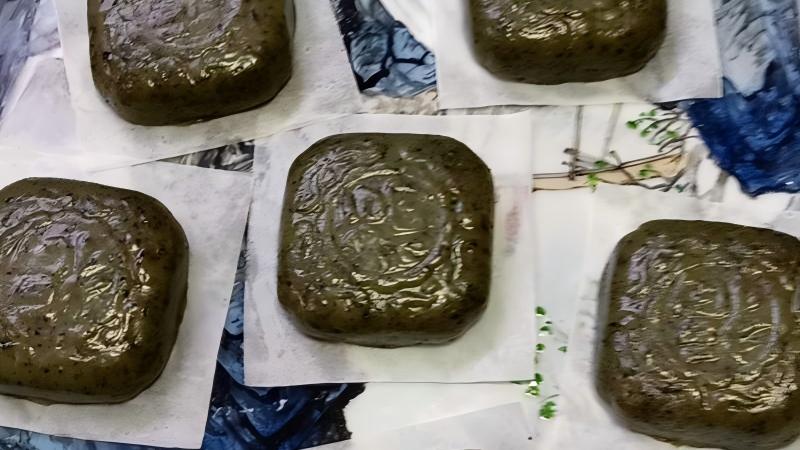
The shape below.Wrapper is 50g. Filling is 40g.
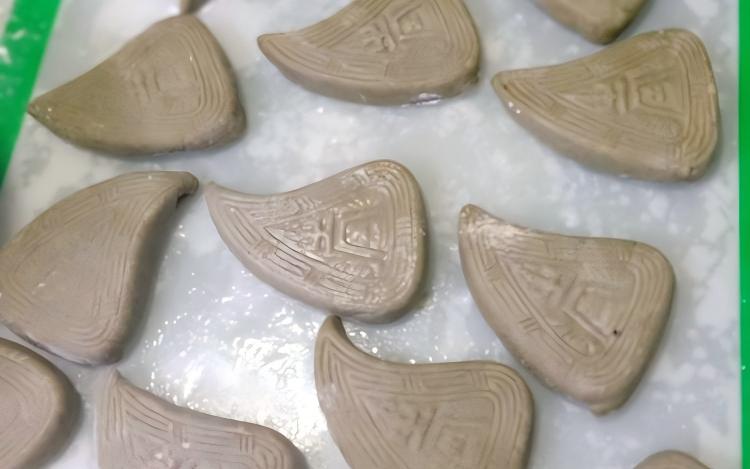
For wrappers made of pure glutinous rice flour, do not steam them for too long. Control it within 8 to 12 minutes. Or it will deform and affect the appearance.

Leave a Reply